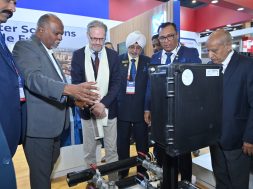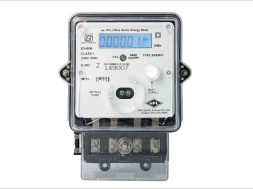Improving indoor spaces with IAQ data
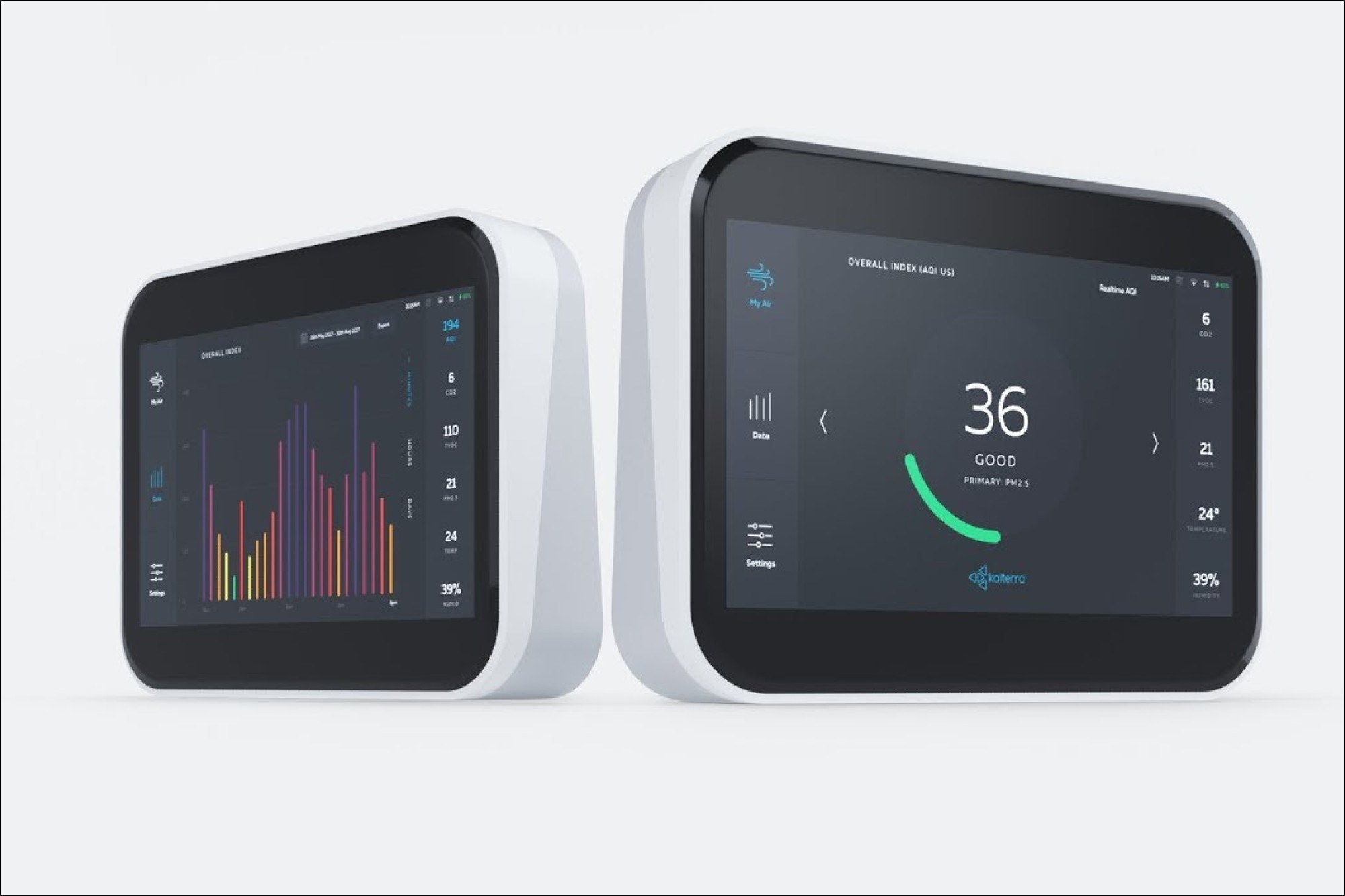
An IAQ monitor isn’t just a device on the wall; it’s a tool that helps us understand and improve indoor spaces. It goes beyond just collecting data points; it helps us use that data to make the air better for everyone. – Anshu Sethi, Sales Manager, Kaiterra.
Have you ever experienced fatigue after spending a long day indoors? This could be due to high levels of CO2. The air quality indoors directly impacts our well-being. That’s why Indoor Air Quality (IAQ) monitoring has become so important; it’s like having a system that checks if the air inside our buildings is clean and healthy.
However, monitoring and making use of IAQ data isn’t always as easy as you think. Here’s why:
Imagine a scenario where a building has 100 IAQ monitors, each capturing air quality data for multiple parameters every minute. These collect a lot of data—roughly 16 million points every day and 6 billion every year. Moreover, these sensors collect many more data points than just one parameter, IAQ monitors usually measure particulate matter, carbon dioxide, and volatile organic compounds.
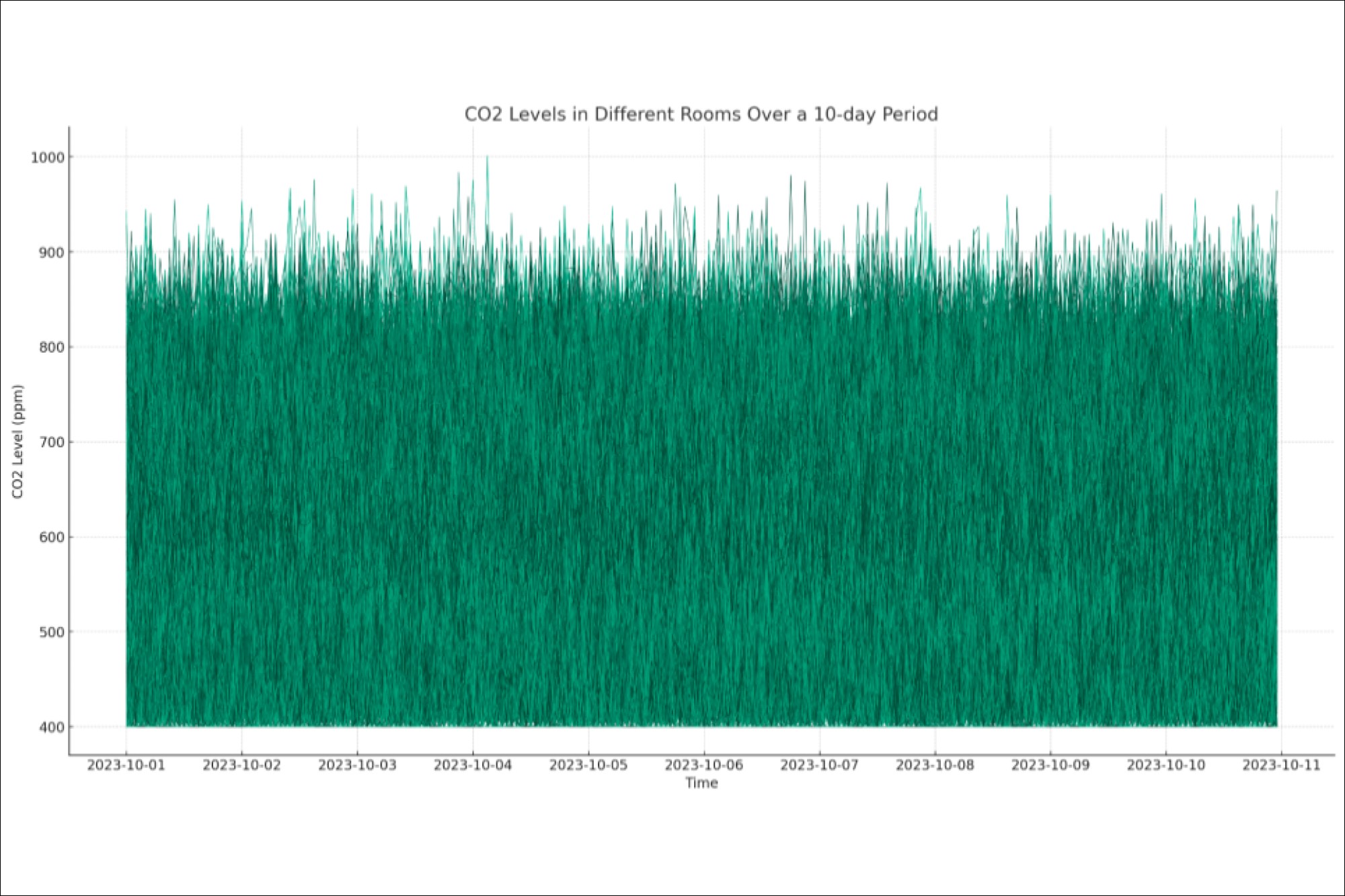
Having sensor data is one thing; making sense of it is another challenge altogether. Many existing solutions struggle with this as they collect data but don’t know what to do with it.
For example, in a commercial building, high CO2 levels were making people uncomfortable and less productive. By studying the data, the building management team figured out when and where CO2 levels were highest. They make the changes to ventilation and scheduling, leading to cleaner air and happier occupants.
How do we make sense of all this data? That’s where advanced IAQ management systems come in. They use technology like data analytics and machine learning to turn complex data into easy-to-understand insights.
An advanced IAQ dashboard can take billions of data points and contextualise them with the built environment. It’ll consider the floor map, space design, and ventilation design, and also incorporate third-party data sources, such as outdoor air, take in data from other sensors, etc.
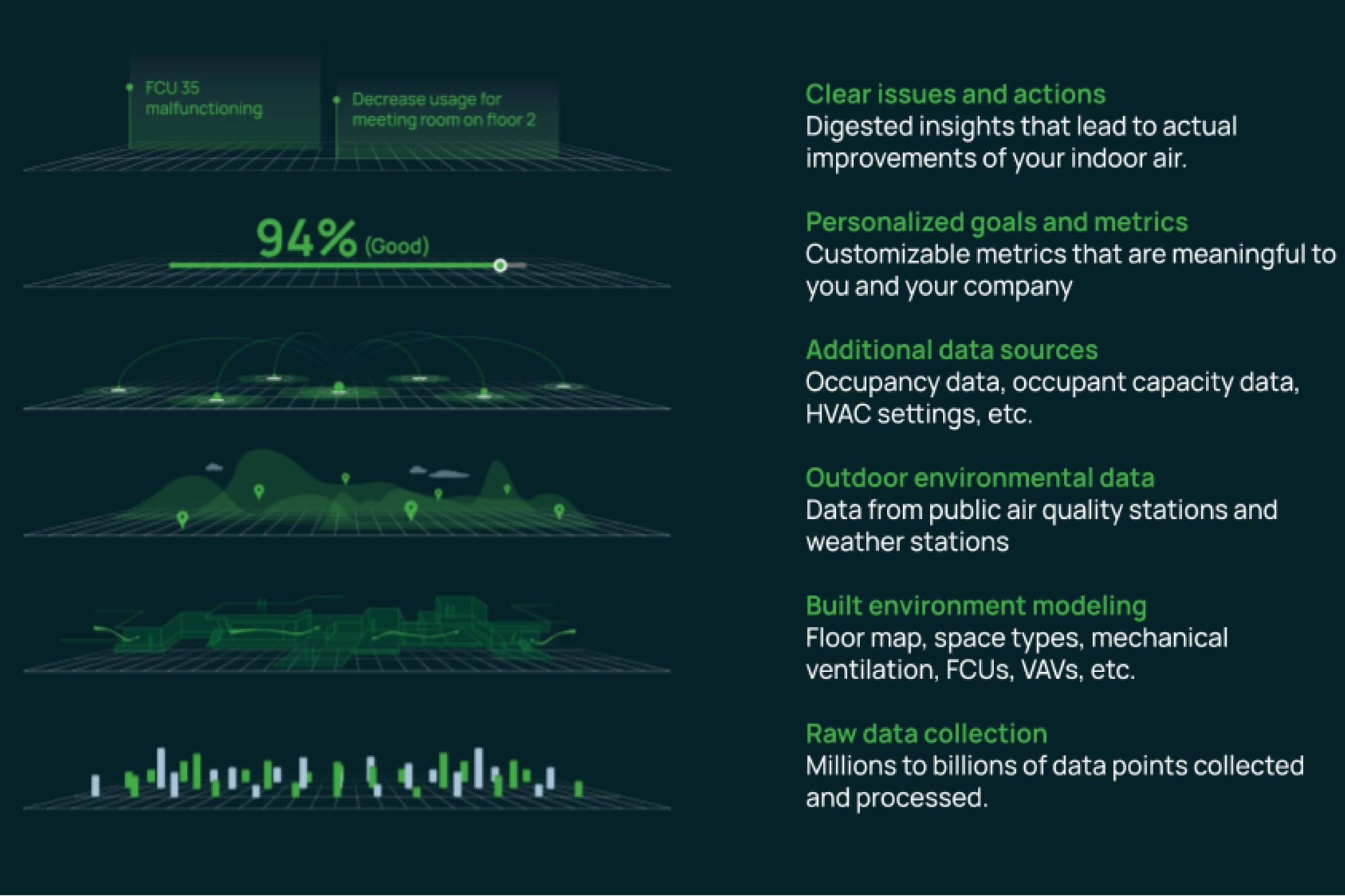
IAQ monitoring isn’t just about collecting data; it’s about understanding the data and translating it into actions that lead to healthier indoor environments. With IAQ data on our side, every breath we take indoors can be optimised for well-being. By turning data into action, we can create comfortable buildings and also keep the people inside healthy and productive.
For more information, visit: https://www.kaiterra.com/
Cookie Consent
We use cookies to personalize your experience. By continuing to visit this website you agree to our Terms & Conditions, Privacy Policy and Cookie Policy.








